
Donja Stubica
Where is Hrvatsko Zagorje?
Hrvatsko Zagorje is a distinct historico-geographical region in northwestern Croatia, characterized by its rolling green hills, numerous medieval and baroque castles, abundant thermal spas, and rich Kajkavian culture. Tourism statistics for Krapina-Zagorje County consistently show strong visitor numbers, particularly in spa facilities, with a little over 200,000 arrivals recorded in 2024 according to the Krapina-Zagorje County Tourist Board. This highlights its appeal as a wellness and cultural destination.
Pronounced [khR-vahts-koh ZAH-gor-yeh] (Zagorje means “behind the hills”), this Croatian region is ideal for families, wellness seekers, cultural explorers, and groups. Its main values are its rich history, focus on relaxation and rejuvenation, and serene natural beauty. This guide explores why Zagorje is a compelling destination, starting with its location and unique character.
Where is Hrvatsko Zagorje?
Hrvatsko Zagorje is a distinct cultural and historical region situated in northwestern Croatia. Geographically, it occupies the area north of Croatia's capital city, Zagreb, and is defined primarily by the Medvednica mountain range, which forms its southern border, effectively separating it from the Zagreb basin. The region stretches northwards towards the border with Slovenia and eastwards towards the Varaždin region. Administratively, most of Hrvatsko Zagorje falls within the boundaries of Krapina-Zagorje County, with smaller parts belonging to Varaždin County and Zagreb County.
The name "Hrvatsko Zagorje" translates directly to "Croatian Zagorje" or "Croatian backland" or "land behind the hills." The term “Zagorje” itself means “behind the hills,” specifically referring to its position relative to Medvednica mountain as viewed from Zagreb.
Is Zagreb in Zagorje?
No, Zagreb is adjacent to the south. Most of the region falls within Krapina-Zagorje County. Its proximity to Zagreb and borders with Slovenia make it easily accessible.

Why Visit Zagorje, Croatia?
Visiting Zagorje, Croatia, is worthwhile due to its unique blend of picturesque natural landscapes, dense historical sites, numerous natural thermal spas offering wellness and relaxation, a distinct regional culture including Kajkavian traditions, and hearty, authentic gastronomy. Its rolling green hills, dotted with vineyards and forests, provide a scenic backdrop different from coastal Croatia.
The landscape itself is a primary draw: the region is characterized by gentle, rolling green hills covered in forests, vineyards, and small agricultural plots, offering scenic beauty and opportunities for gentle outdoor activities like hiking and cycling. Interspersed within this landscape are numerous well-preserved castles of Croatian Zagorje, remnants of noble families from the Middle Ages through the Baroque period. This density of historical architecture provides a unique "fairytale" atmosphere and ample opportunities for historical exploration.
Furthermore, Zagorje is arguably Croatia's most important region for thermal health tourism. It is naturally endowed with numerous geothermal springs, leading to the development of many Croatian Zagorje spa facilities (thermal baths). These range from medical rehabilitation centers to modern spa resorts and water parks, offering wellness treatments, relaxation pools, and recreational swimming, directly appealing to families, couples, and groups seeking rejuvenation and hydrotherapy benefits.
The region also boasts a distinct cultural identity, partly defined by the Kajkavian dialect group of the Croatian language and specific folk traditions, music, and crafts (like licitar hearts and wooden toys). The specific culinary identity adds another layer of appeal. The iconic štrukli pastry, hearty meat dishes like turkey with mlinci, rich soups (such as Zagorje soup), and local wines all contribute significantly to the visitor experience, often enjoyed in charming rural inns (“kleti”) or agrotourism settings.
This combination makes Zagorje particularly suitable for families, couples seeking relaxation, wellness travelers, cultural tourists, and groups looking for accessible nature and history.
These unique selling points are embodied in the region's specific sites and attractions.
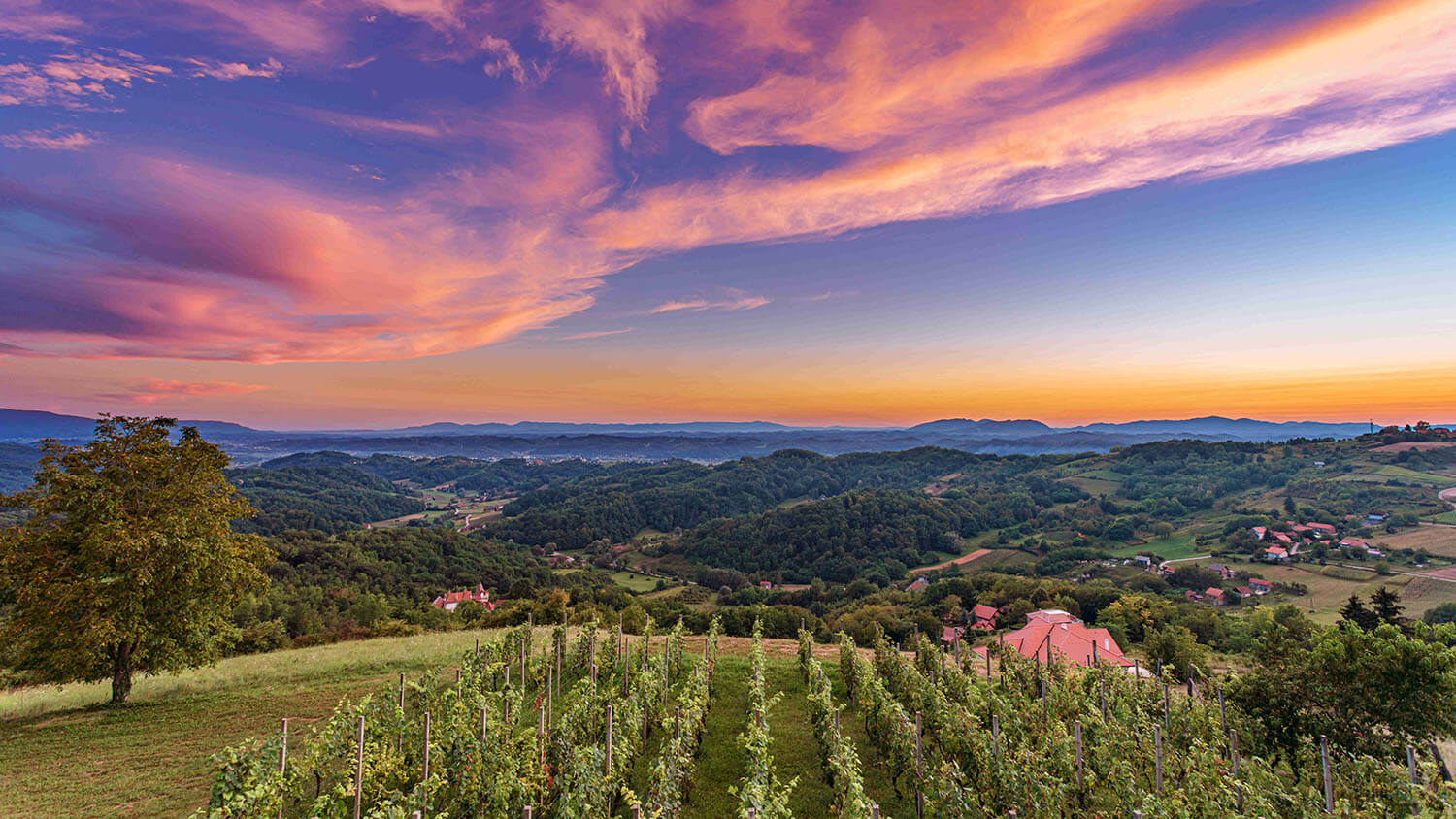
Sites to Visit in Hrvatsko Zagorje
The essential sites in Hrvatsko Zagorje include historic castles, important museums, and characterful towns and villages, offering a rich history, culture, and local life.
Hrvatsko Zagorje Castles & Manor Houses
Zagorje is renowned as Croatia's region with the highest density of castles, remnants of medieval fortifications, and later Baroque residences built by noble families between the 13th and 19th centuries. Key sites include the following.
- Trakošćan Castle: Often deemed Zagorje's most beautiful, this romantic neo-Gothic castle overlooks a lake and houses a well-preserved museum.
- Veliki Tabor Castle: An impressive late-Gothic/Renaissance fortress near Desinić with significant museum collections and local legends.
- Oršić Castle (Gornja Stubica): A Baroque castle housing the important Museum of Peasant Uprisings, located near the historic Gubec Linden Tree and close to Donja Stubica.
- Other Notable Sites: Briefly explore or view Stubički Golubovec Castle (near Donja Stubica, home to the Kajkaviana Society), Miljana Castle (16th century, privately owned, known for its beauty), Bežanec Castle (17th century, now a hotel), Mihanović Mansion (part of Tuheljske Toplice spa, now a restaurant), Gjalski Castle (former home of writer K.Š. Gjalski, now hotel/restaurant), the restored medieval Konjščina Fortress (a moated castle example), and the unique modern Empirej Castle (Lego-inspired design, event venue).
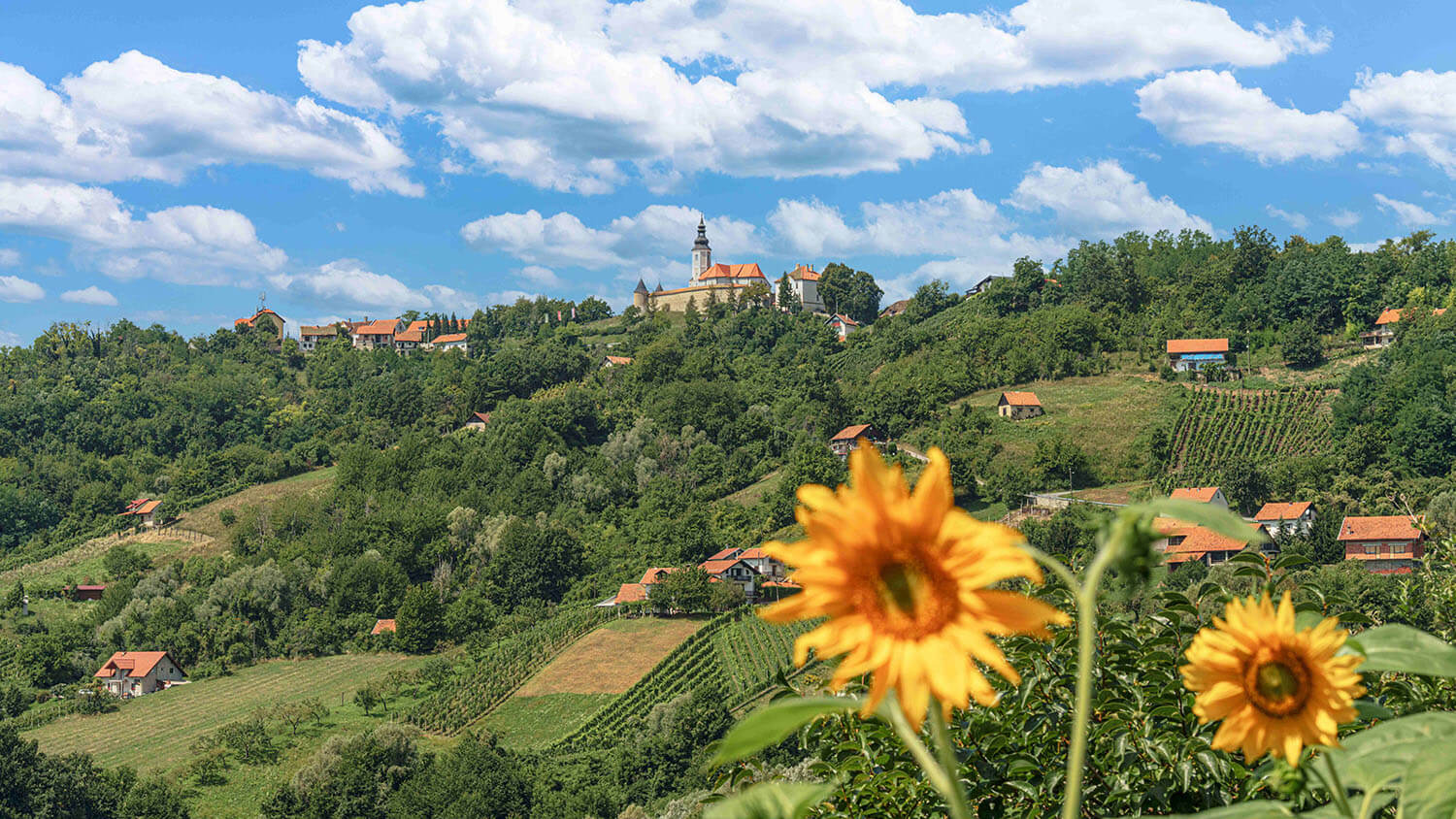
Local Museums & Cultural Heritage
Beyond the castles, Zagorje's museums offer in-depth explorations of specific aspects of its heritage.
- Krapina Neanderthal Museum: Located adjacent to the Hušnjakovo paleontological site in Krapina, this world-class museum uses modern exhibits and multimedia displays to present the life, culture, and environment of the Neanderthals discovered here, offering a significant journey into human prehistory.
- Museum of Peasant Uprisings (Gornja Stubica): Housed within Oršić Castle, this museum provides crucial historical context about the major 1573 peasant revolt, a defining event in Zagorje's social history.
- Staro Selo Kumrovec (Old Village Kumrovec): This unique open-air ethnographic museum preserves around 40 traditional Zagorje houses and farm buildings from the turn of the 19th/20th century, showcasing rural life, crafts, and customs. It also includes the birthplace of former Yugoslav president Josip Broz Tito.
- Marija Bistrica National Shrine: While primarily a religious site, the complex in Marija Bistrica is a significant cultural and spiritual center for Croatia, attracting large numbers of pilgrims and featuring notable sacral art and architecture.
- Other Cultural Points: Consider the Antun Augustinčić Gallery in Klanjec (modern sculpture) and smaller local museums or collections focusing on specific traditions or historical figures.
Hrvatsko Zagorje Towns & Villages
Explore interesting settlements and experience the local charm.
- Krapina: The administrative and cultural heart of Krapina-Zagorje County, known for its Neanderthal museum, the annual Kajkavian Culture Festival, and a charming town center developed around the remains of its medieval hilltop fortress.
- Donja and Gornja Stubica: These adjacent towns are historically significant due to the Peasant Uprising (centered in Gornja Stubica, location of the museum and Matija Gubec's House memorial) and the spa tradition (Stubičke Toplice thermal spa near Donja Stubica). Donja Stubica serves as the home base for Terme & Water Park Jezercica. Sites near Donja Stubica include the Spomenik Seljačkoj Buni 1573 (Peasant Revolt Monument, 5 km) and easy access to Medvednica Nature Park (approx. 14 km).
- Klanjec: A picturesque town near the Slovenian border featuring the Antun Augustinčić Gallery and a Franciscan monastery, with the Cesargrad fortress ruins accessible via a hike nearby.
- Others: Explore Kumrovec (associated with the Staro Selo museum), Sveti Križ Začretje (Museum Žitnica), Desinić (near Veliki Tabor), or numerous smaller villages showcasing traditional architecture and the slower pace of rural Zagorje life, where the Kajkavian dialect is often heard.
Visiting these diverse sites provides a comprehensive understanding of Hrvatsko Zagorje's historical layers, cultural richness, and local character. Engaging in regional activities offers another way to experience the area.
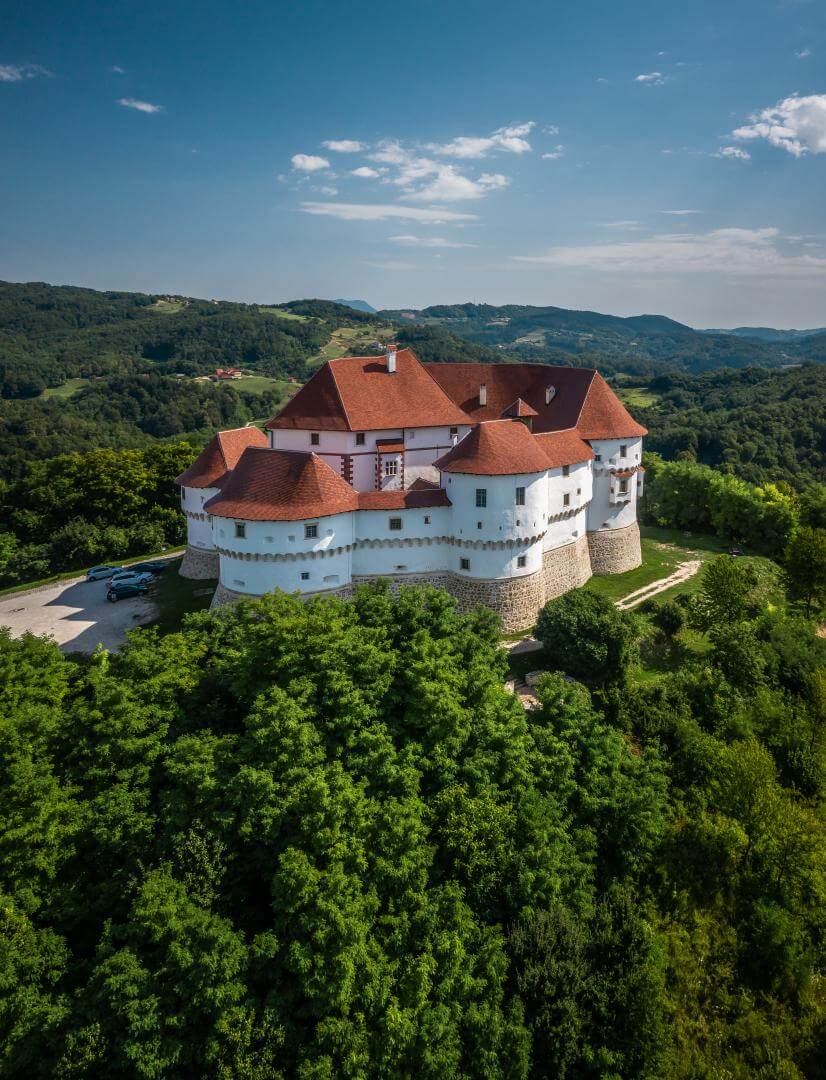
Things To Do in Zagorje, Croatia
The primary things to do in Zagorje, Croatia, center on using its thermal spas for wellness, exploring the scenic natural environment via hiking and cycling, enjoying family-friendly activities, and undertaking insightful day trips. These activities are specifically designed to cater to families, couples, and groups seeking rejuvenation and enjoyment..
- Rejuvenate at Croatian Zagorje Spas & Thermal Baths
- Terme Tuhelj: One of the largest and most popular, offering numerous indoor/outdoor pools, a large water park ('Water Planet'), extensive wellness services including thermal mud treatments, sauna worlds, and various accommodation options from hotels to glamping.
- Stubičke Toplice: Historically known for rehabilitation, it also offers wellness facilities and public pools, capitalizing on its thermal springs.
- Krapinske Toplice: Another traditional spa town featuring the modern Aquae Vivae complex (pools, water attractions, wellness) and several medical facilities, alongside hotels like Villa Magdalena, known for in-room thermal water jacuzzis.
- Terme Jezercica (Donja Stubica): A modern, family-focused facility featuring indoor/outdoor thermal pools, a popular water park, wellness center, hotel, and campsite. Its location in Donja Stubica makes it a convenient hub.
These spas provide year-round opportunities for relaxation, health treatments, and family fun.
- Hiking & Cycling Zagorje's Green Rolling Hills
The gentle landscape invites outdoor activity. Numerous marked hiking trails wind through forests, vineyards, and past villages and castles. Notable routes include trails on Medvednica Mountain (accessible from Gornja or Donja Stubica, leading to Peak Sljeme at 1,035 m / 3,396 ft) and the hike to the Cesargrad fortress near Klanjec.
Cycling is also popular, with quiet country roads offering scenic rides suitable for recreational cyclists. Bike rentals are available in some towns and resorts, including free bicycles often available at Terme Jezercica.
- Engaging in Family Activities: From Water Parks to Educational Sites
Zagorje is very family-friendly. Water parks at Terme Tuhelj and Terme Jezercica are major attractions. Educational and engaging visits include castles (Trakošćan, Veliki Tabor), the Krapina Neanderthal Museum, and the Staro Selo Kumrovec ethnographic village.
Hrvatsko Zagorje Day Trips & Weekend Ideas
The region's compact size and density of attractions make it well-suited for day trips or weekend excursions. Popular itineraries include a "Castle Tour,” visiting Trakošćan and Veliki Tabor, a "Spa & Wellness Day" focused on one of the major thermal centers, or a "Cultural Triangle" trip visiting Krapina, Kumrovec, and the Museum of Peasant Uprisings. Its proximity to Zagreb makes single-day excursions from the capital feasible, though staying overnight allows for a more relaxed pace and deeper exploration.
These activities are often pleasantly punctuated by enjoying the region's distinct food and wine.
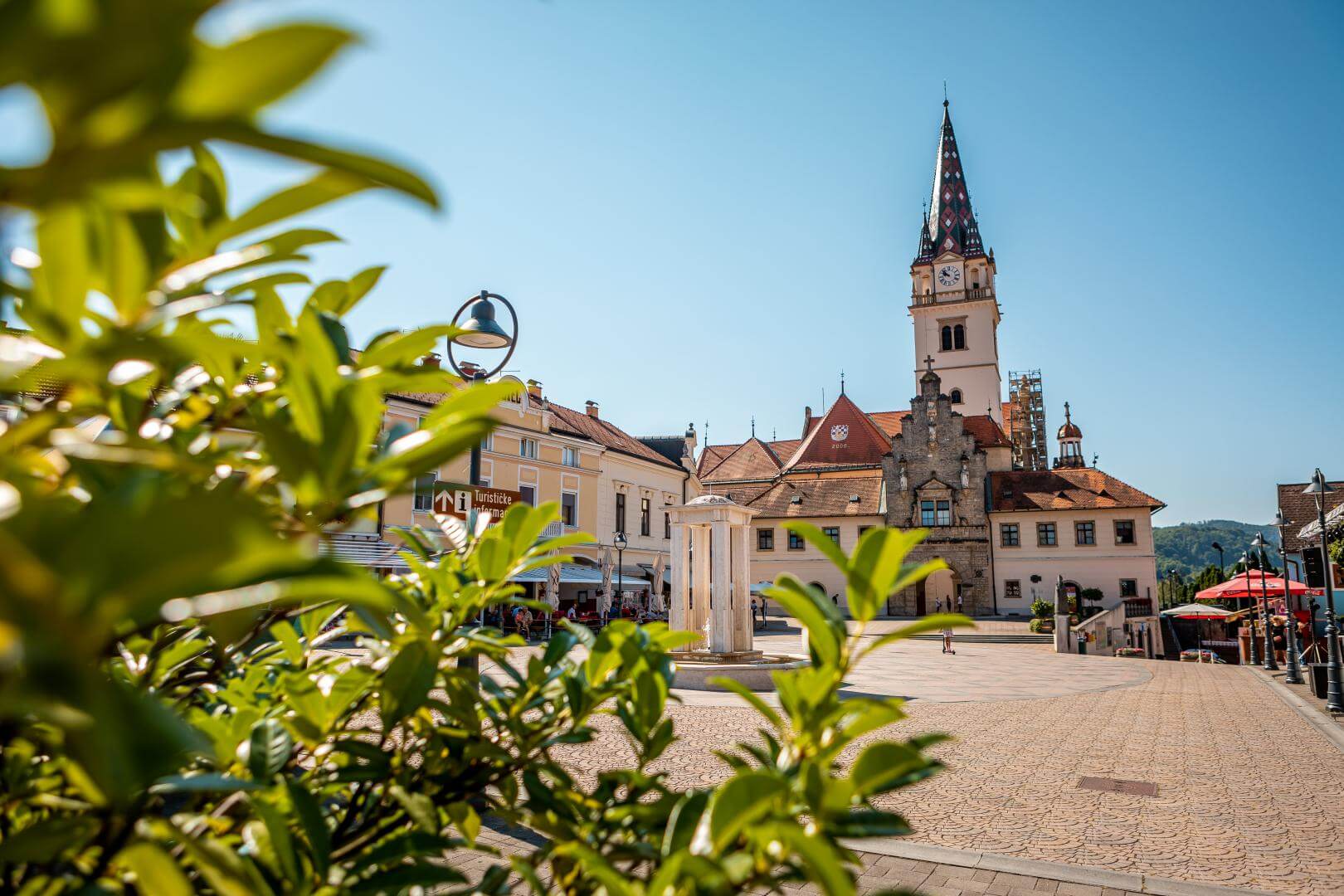
What to Eat in Hrvatsko Zagorje
Eating in Hrvatsko Zagorje involves savoring traditional, hearty Central European comfort food featuring local ingredients, iconic regional dishes, and locally produced wines. The gastronomy is flavorful and reflects a rich rural heritage.
Zagorski Štrukli
This is arguably the most famous Zagorje specialty and a protected item of Croatian intangible cultural heritage. It consists of thin pastry filled with a mixture of fresh cottage cheese, eggs, and sour cream. It can be prepared in two main ways: boiled (often served in soup or with breadcrumbs) or baked (usually topped with a cream sauce). Both savory and sweet versions exist. Available in nearly every traditional restaurant, it's a must-try.
Roast Turkey (or Duck) with Mlinci
A classic festive or Sunday meal. The poultry is roasted until tender, served with “mlinci” – thin, unleavened flatbreads that are broken up, soaked in hot water or roasting juices, and served as a rich accompaniment.
Zagorje Soup (Zagorska Juha)
A thick, substantial soup, perfect for cooler weather. Recipes vary, but they typically include potatoes, root vegetables, bacon or smoked meat, mushrooms (often porcini), and sometimes beans. They are often enriched with cream and a touch of white wine.
Other Traditional Items
Look for local sausages, cured meats ('meso z tiblice' - meat stored in lard), bean dishes (such as bean salad with pumpkin seed oil), game dishes, and Pisanica Stubica, a specific stuffed pork loin dish.
Local Wines & Agroturizam Experiences
Zagorje produces quality wines, particularly whites (Graševina, Riesling, Pinot Blanc, Chardonnay, Sauvignon Blanc) and increasingly respected sparkling wines. Wineries like Bolfan Vinski Vrh, Vuglec Breg, Petrač, Kopjar, and Bodren offer tastings. Dining at rural “agroturizam” farms (like Grešna Gorica, Majsecov Mlin, Klet Kozjak) or traditional “kleti” provides authentic culinary experiences.
Enjoying these flavors naturally leads to considering where to base your Zagorje exploration.
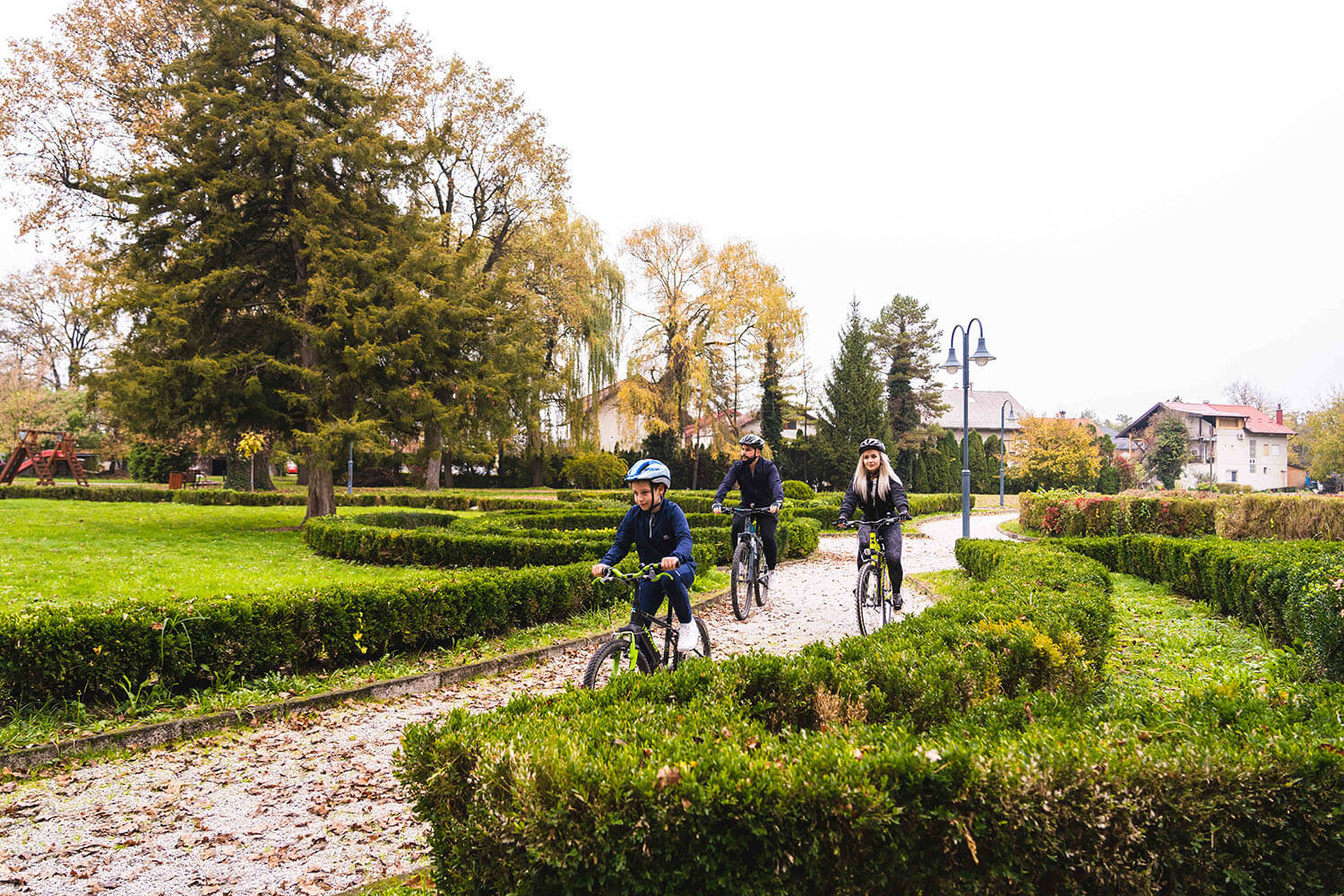
Where to Stay: Zagorje Croatia Hotels & Accommodation
Choosing where to stay in Hrvatsko Zagorje involves selecting from hotels, spa resorts, traditional cottages (kleti), guesthouses, and apartments located near spa centers, in towns, or in the rural hills. The best choice depends on visitor priorities.
Spa Resorts, Weekend Houses & Hotel Options
Accommodation styles vary: Spa resorts or thermal baths hotels (Terme Tuhelj, Terme Jezercica, Villa Magdalena) are numerous and popular for wellness stays. Traditional weekend houses and cottages in Croatian Zagorje offer charming rural retreats. Standard hotels and guesthouses are found in towns, sometimes in historic buildings like Gjalski Castle. Limited camping is often available adjacent to spas, such as Terme Jezercica Family Village.
Family Resort & Water Park
The Terme & Water Park Jezercica in Donja Stubica provides a targeted option for families, groups, and wellness guests. It features comfortable family rooms (AC, WiFi), extensive spa facilities, fitness options, indoor and outdoor thermal pools, a water park, free bike use, and an on-site restaurant catering to various diets. Its location, approximately 45 km from Zagreb, offers good access to Gornja Stubica's historical sites (5 km), Medvednica Nature Park (approximately 14 km), and Medvedgrad Fortress (approximately 18 km).
Choosing Your Ideal Zagorje Base (Town vs. Rural)
Consider whether easy access to town amenities, the immersive environment of a spa resort, or the tranquility of a rural cottage best suits your trip style. Donja Stubica offers a balance of resort amenities and proximity to historical sites and nature.
Once you've considered your accommodation options, understanding how to reach Hrvatsko Zagorje is the next practical step.

Getting To Hrvatsko Zagorje
Reaching Hrvatsko Zagorje is convenient, primarily due to its proximity to Zagreb and excellent transport connections. The nearest international airport is Zagreb Airport (also known as Franjo Tuđman Airport, ZAG). From the airport, Hrvatsko Zagorje is typically a 45- to 60-minute drive via rental car or pre-arranged transfer. Driving is straightforward thanks to Croatia’s modern motorways. The A2 Motorway (Zagreb–Macelj) provides the fastest access, passing directly through the heart of Zagorje, while scenic state roads like the D1 and D24 offer alternative routes through rolling hills and traditional villages.
In addition to driving, travelers can reach Hrvatsko Zagorje easily by bus or train. Regular intercity bus services depart from Zagreb Central Bus Station (Autobusni kolodvor Zagreb) and connect to towns such as Krapina, Stubičke Toplice, and Tuheljske Toplice, with travel times typically ranging from 40 minutes to 1.5 hours. Operators like Presečki Grupa and Čazmatrans provide frequent departures throughout the day, especially on weekdays.
For a scenic and relaxing journey, regional trains operated by HŽPP (Croatian Railways) run from Zagreb Glavni Kolodvor (Central Station) to destinations such as Zabok, Krapina, and Hum na Sutli. Train travel times vary from 45 to 75 minutes, and onward connections by taxi or local bus are available from major stations for easy access to spa resorts, castles, and smaller villages.
Hrvatsko Zagorje also enjoys excellent proximity to Slovenia, with border crossings at Macelj and Plavić providing quick entry. Visitors coming from Ljubljana can reach Zagorje in about 1.5 hours by car via the A2 Motorway. The region is similarly accessible for travelers driving from Austria, Hungary, and Germany, making it a convenient destination for Central European road trips. Some regional bus lines and seasonal train services also connect Hrvatsko Zagorje with nearby Slovenian cities such as Maribor and Celje, enhancing cross-border travel options.
Navigating within the region also requires some planning.
Getting Around Zagorje Once You Arrive
Getting around Hrvatsko Zagorje effectively usually requires a private vehicle due to the scattered nature of the attractions.
- Car Travel (Recommended) & Local Roads
A car, whether private or rental, is highly recommended for flexibility in visiting castles, museums, spas, and villages at your own pace. Main roads and motorways are good, while local roads through the hills are scenic but can be narrow and winding.
- Public Transport & Organised Tours
Local buses connect major towns but offer limited service to specific tourist sites off main routes. Train travel is possible between some towns but is often slow. Organized tours from Zagreb or joining local tours are alternatives for those who don't have a car.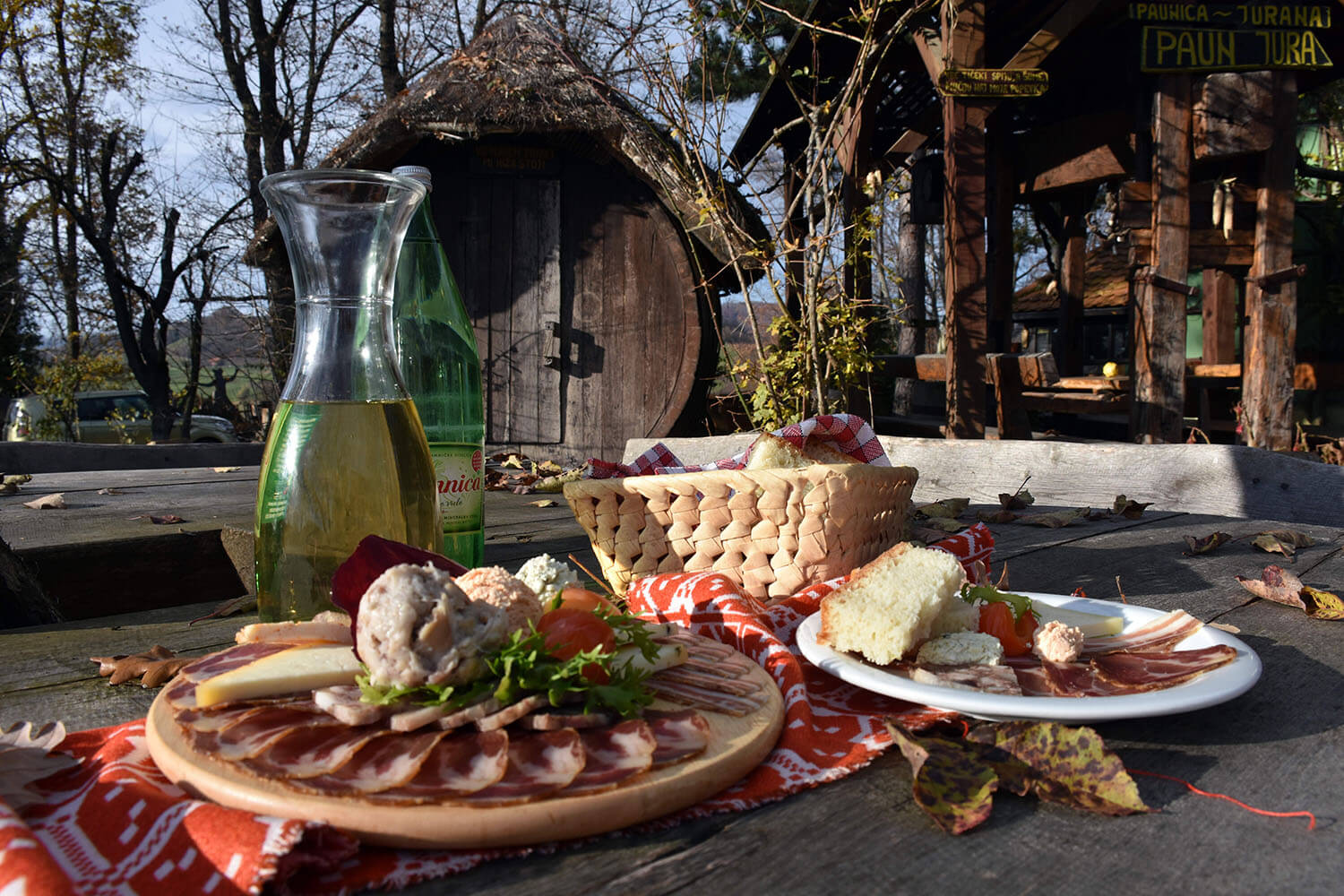
When is the Best Time to Visit Zagorje
Zagorje is a year-round destination. Spring (April-June) and Autumn (September-October) offer mild temperatures ideal for hiking, cycling, sightseeing castles, and enjoying the lush green landscapes or autumn foliage. Summer (July-August) provides the warmest weather, perfect for enjoying outdoor pools and water parks, but also sees more visitors. Winter (November to March) is quieter and colder, but the indoor thermal spas provide a warm, relaxing escape, making Zagorje a popular destination even in cooler months, especially for wellness breaks or festive season visits.
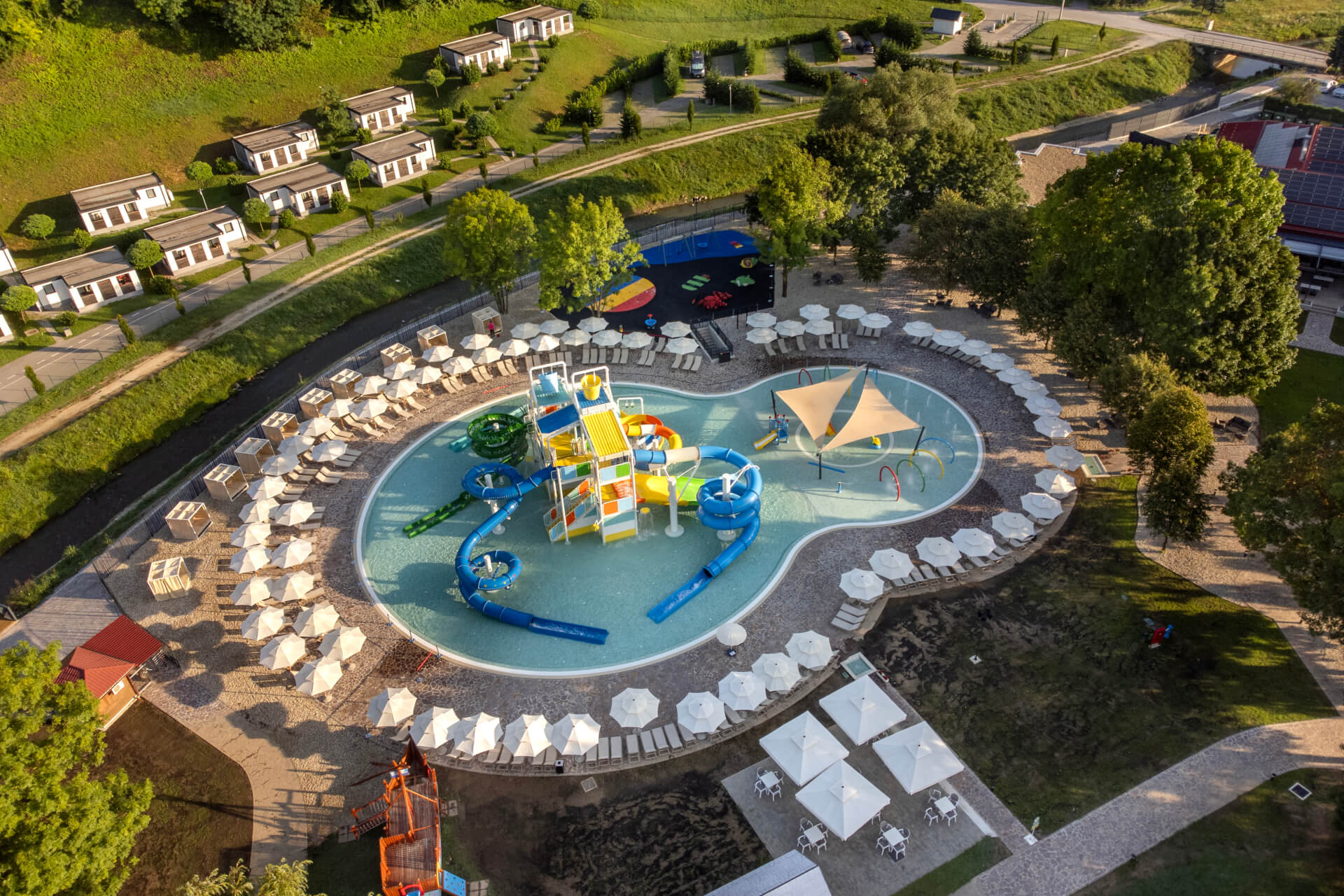
Plan Your Rejuvenating Zagorje Escape
Hrvatsko Zagorje offers a captivating blend of fairytale castles, healing thermal spas, rolling green hills, and a rich cultural heritage. It's an ideal Croatian destination for families seeking fun at resorts like Terme Jezerčica Family Resort, couples desiring romantic or wellness retreats, and groups exploring history and nature. From savoring local štrukli and wines to hiking scenic trails and exploring world-class museums, Zagorje provides diverse experiences just north of Zagreb. Book your stay at Terme Jezerčica Family Resort and start planning your journey into the green heart of Croatia.
Properties
Find accommodation in Omiš
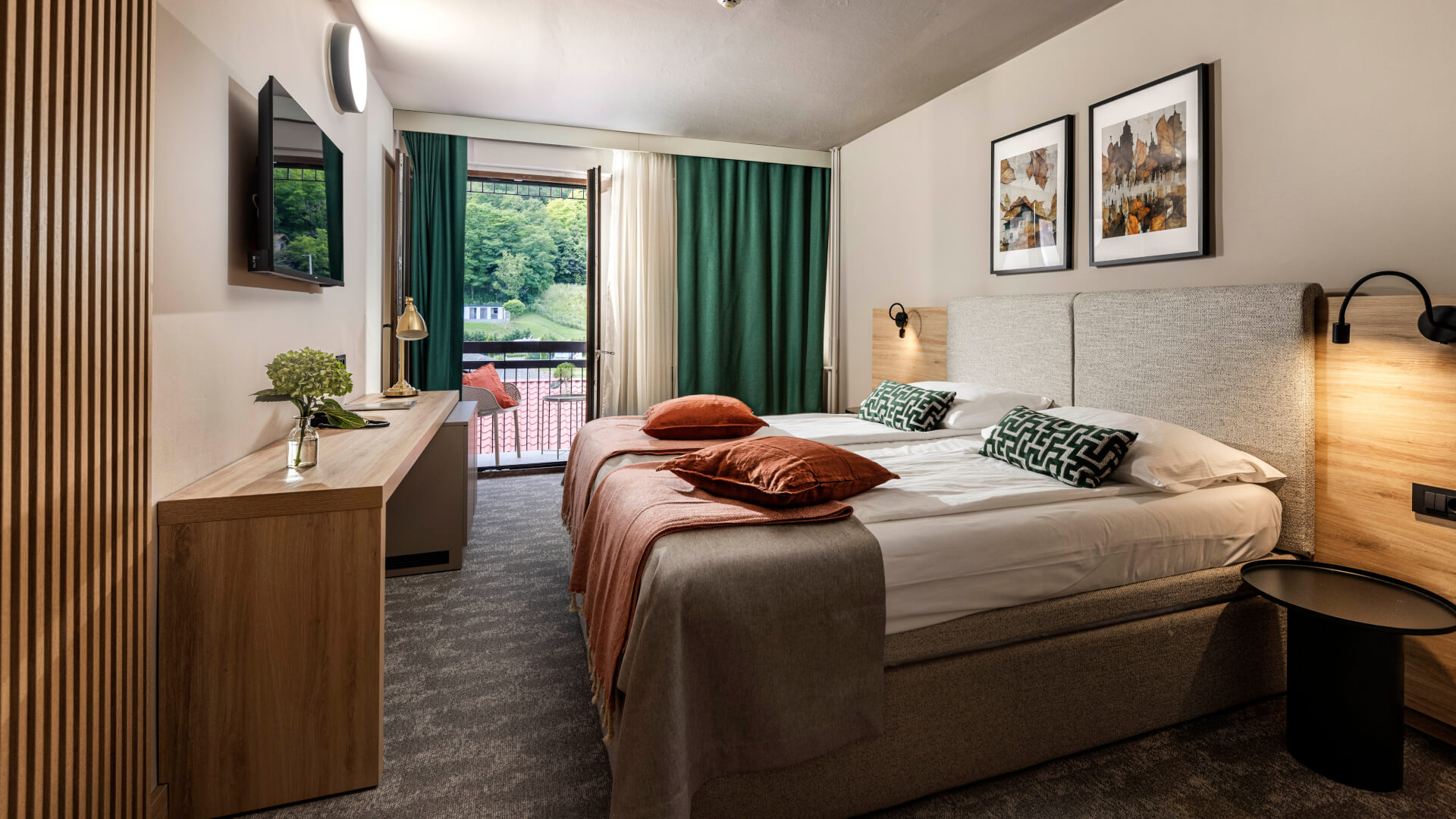
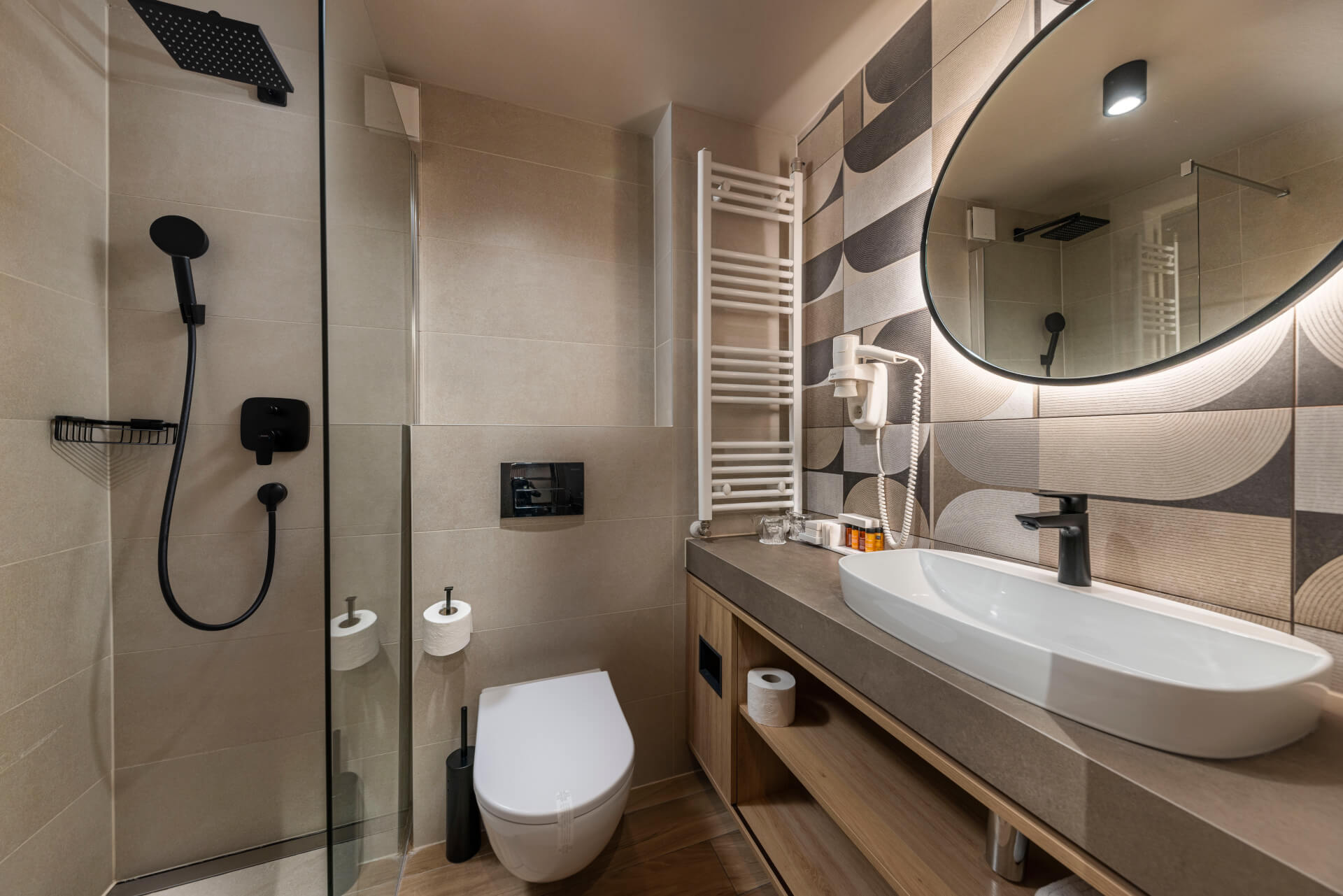
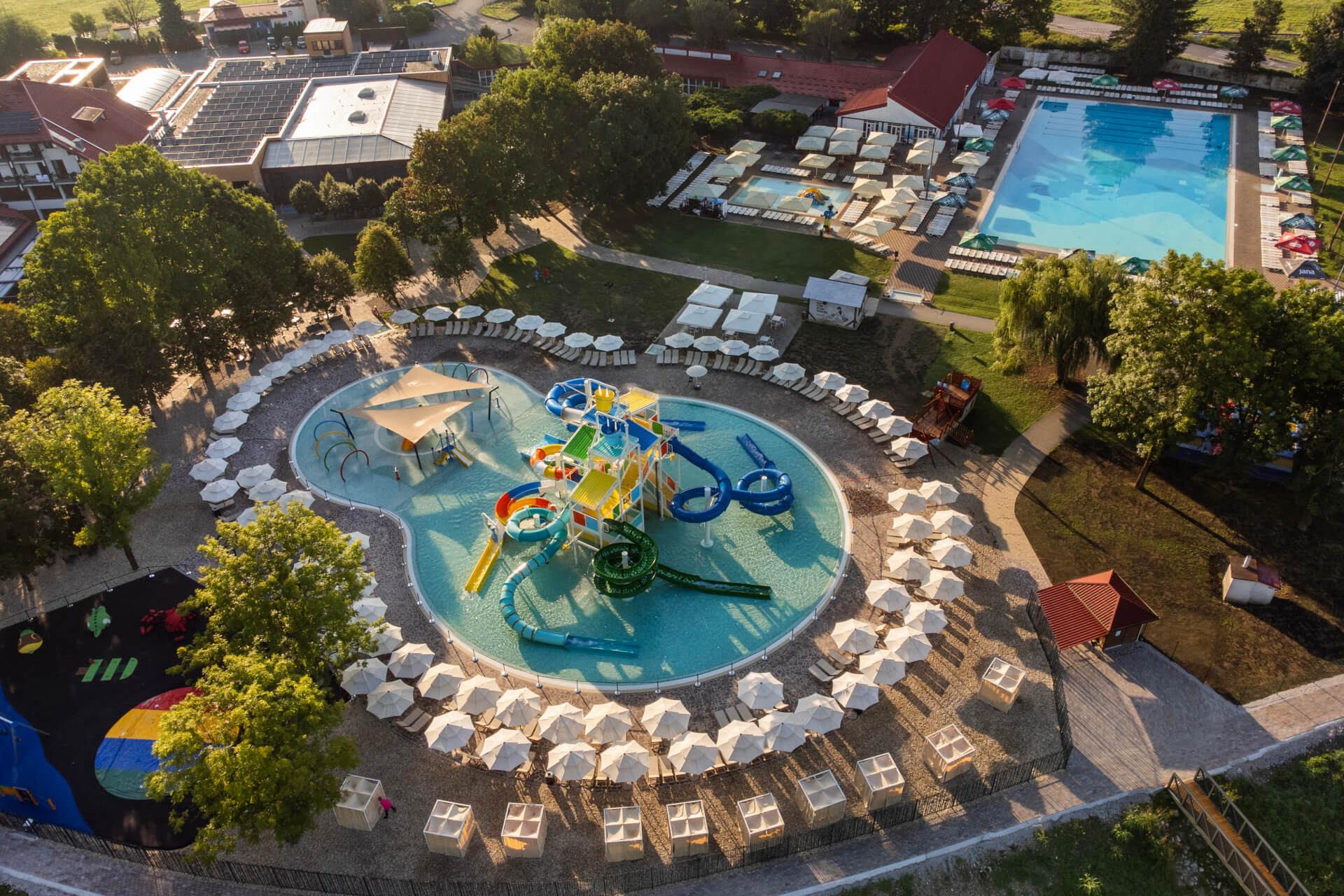
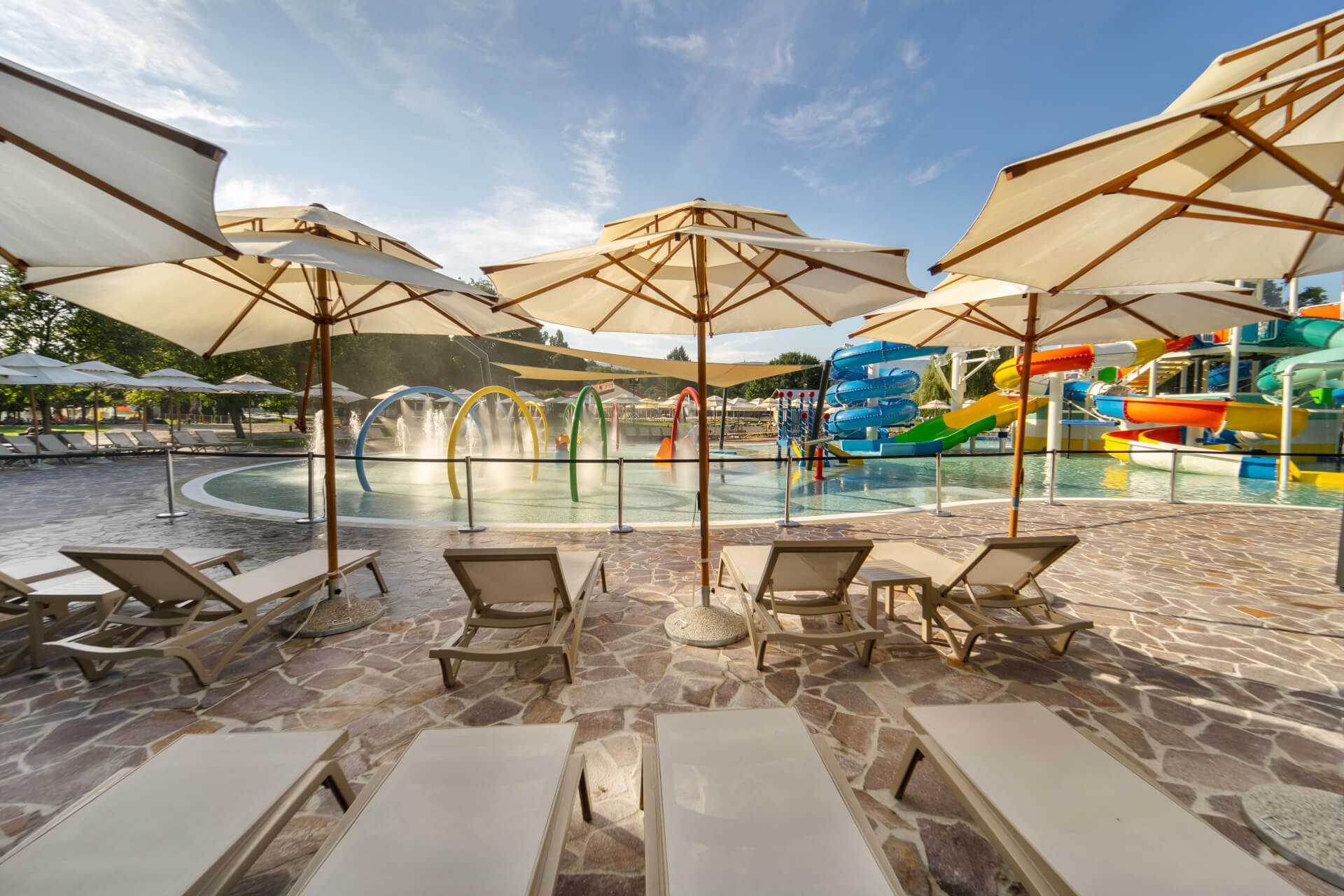
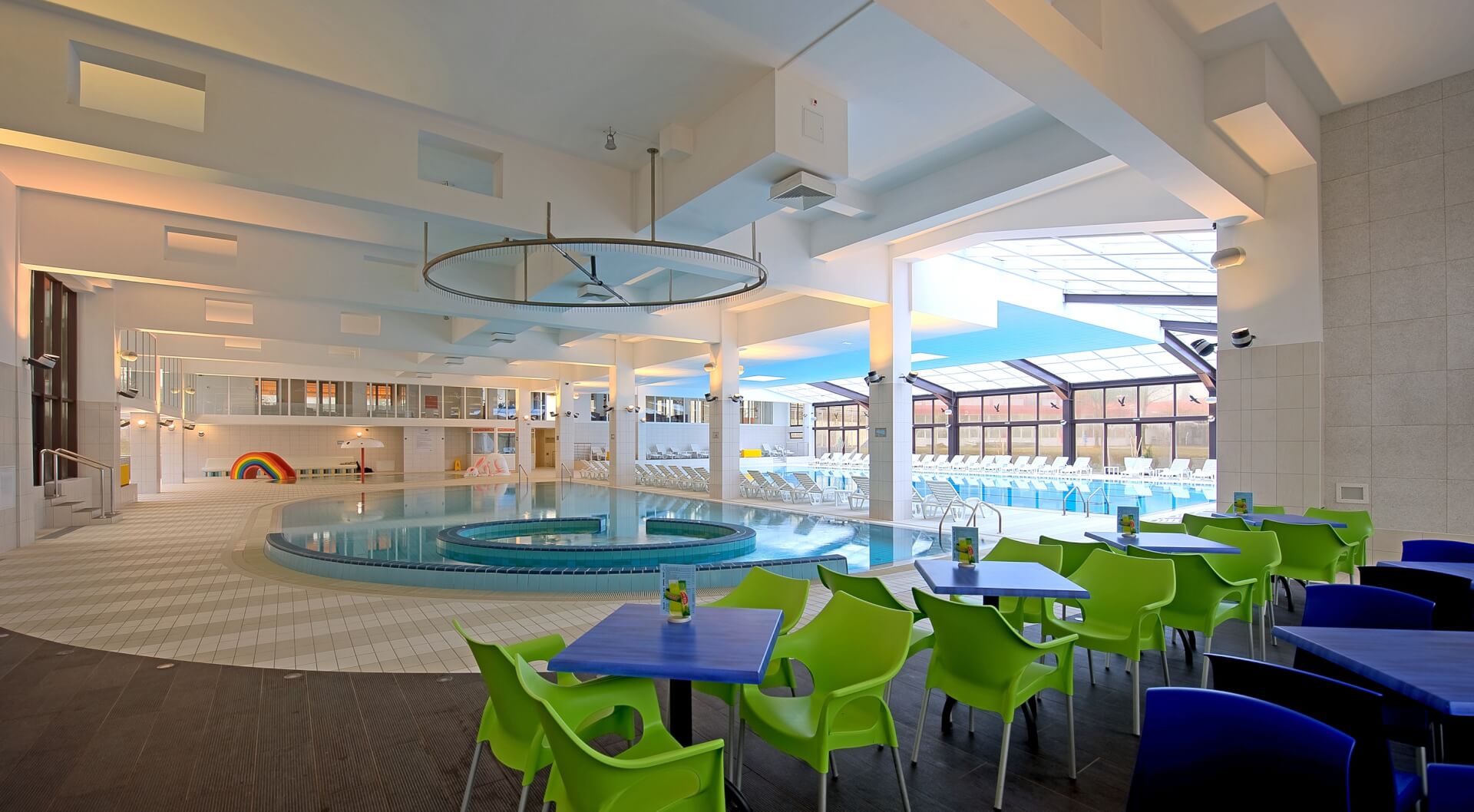
Hotel Terme Jezerčica
- Donja Stubica · Show on Map
- Wi-Fi·
- Laundry service·
- Water sports·
- Animation·
- Main restaurant
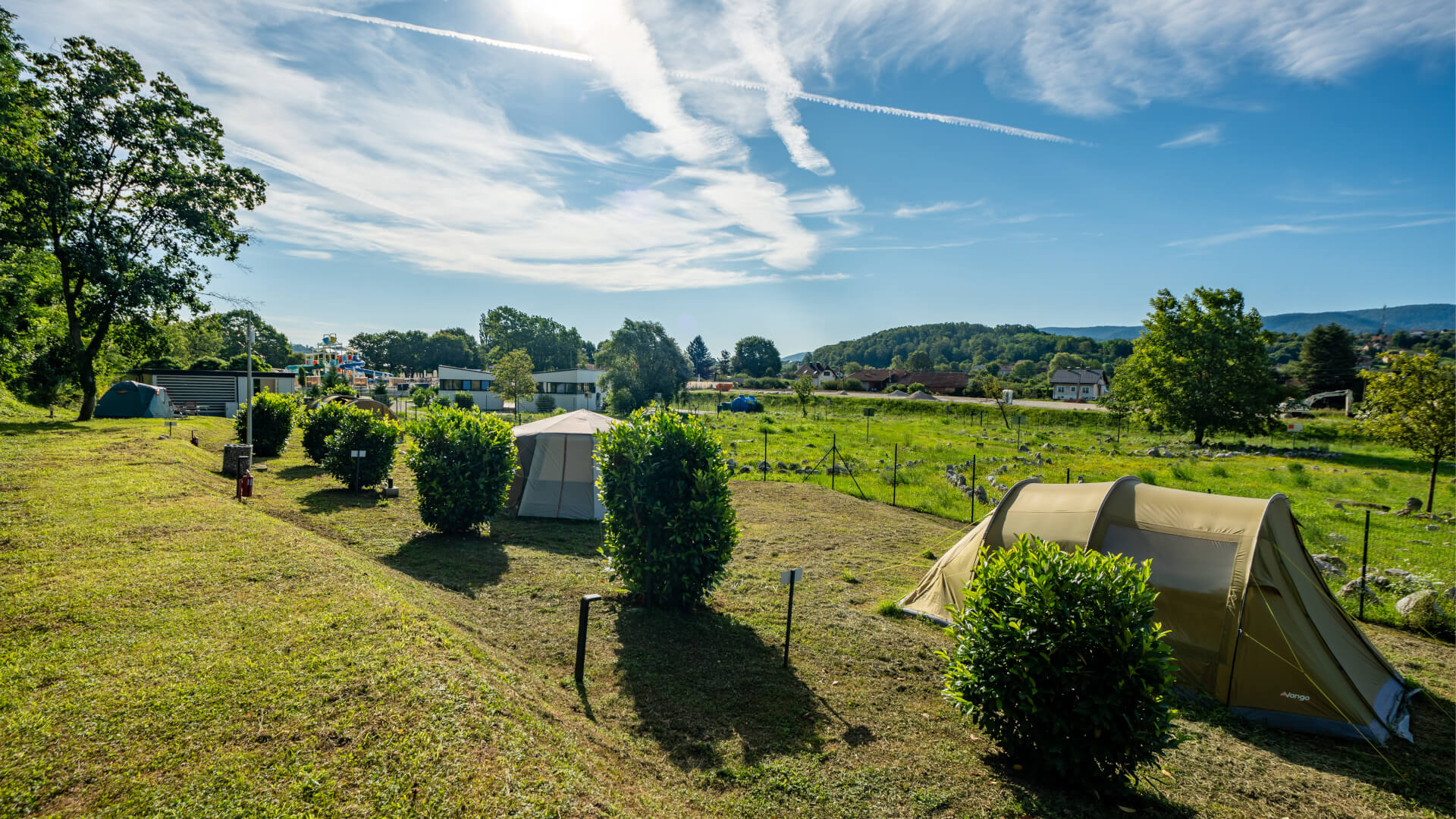
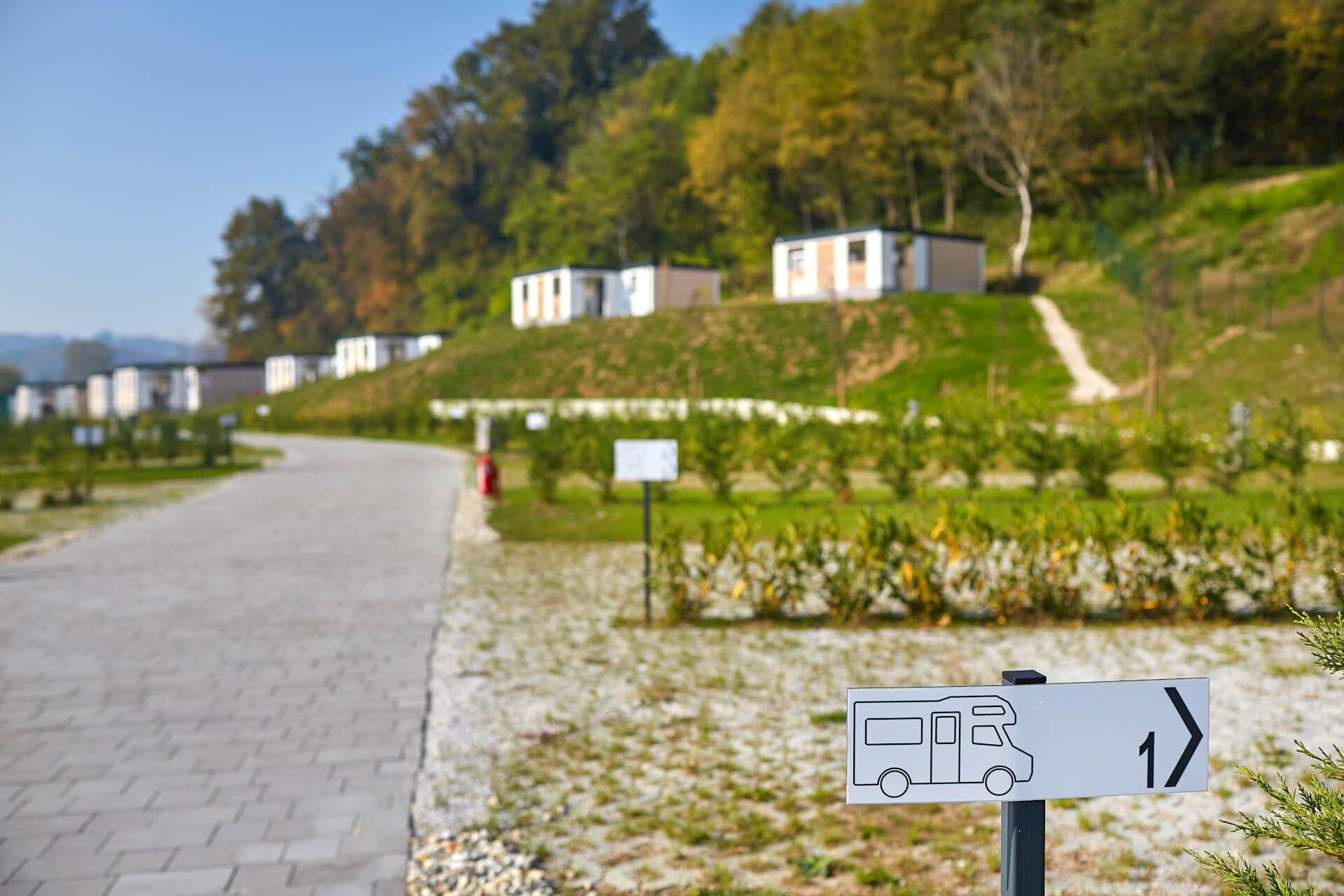

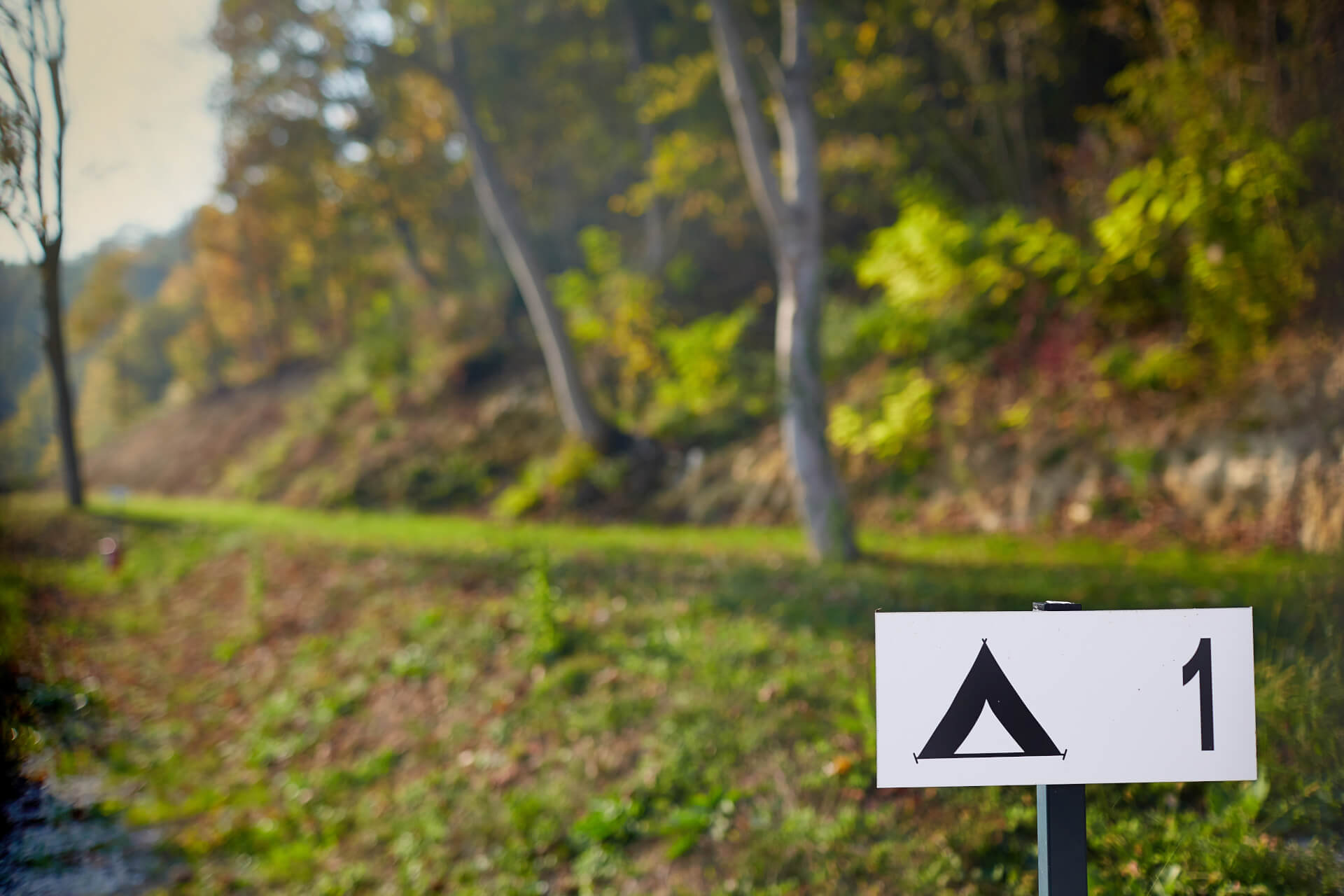
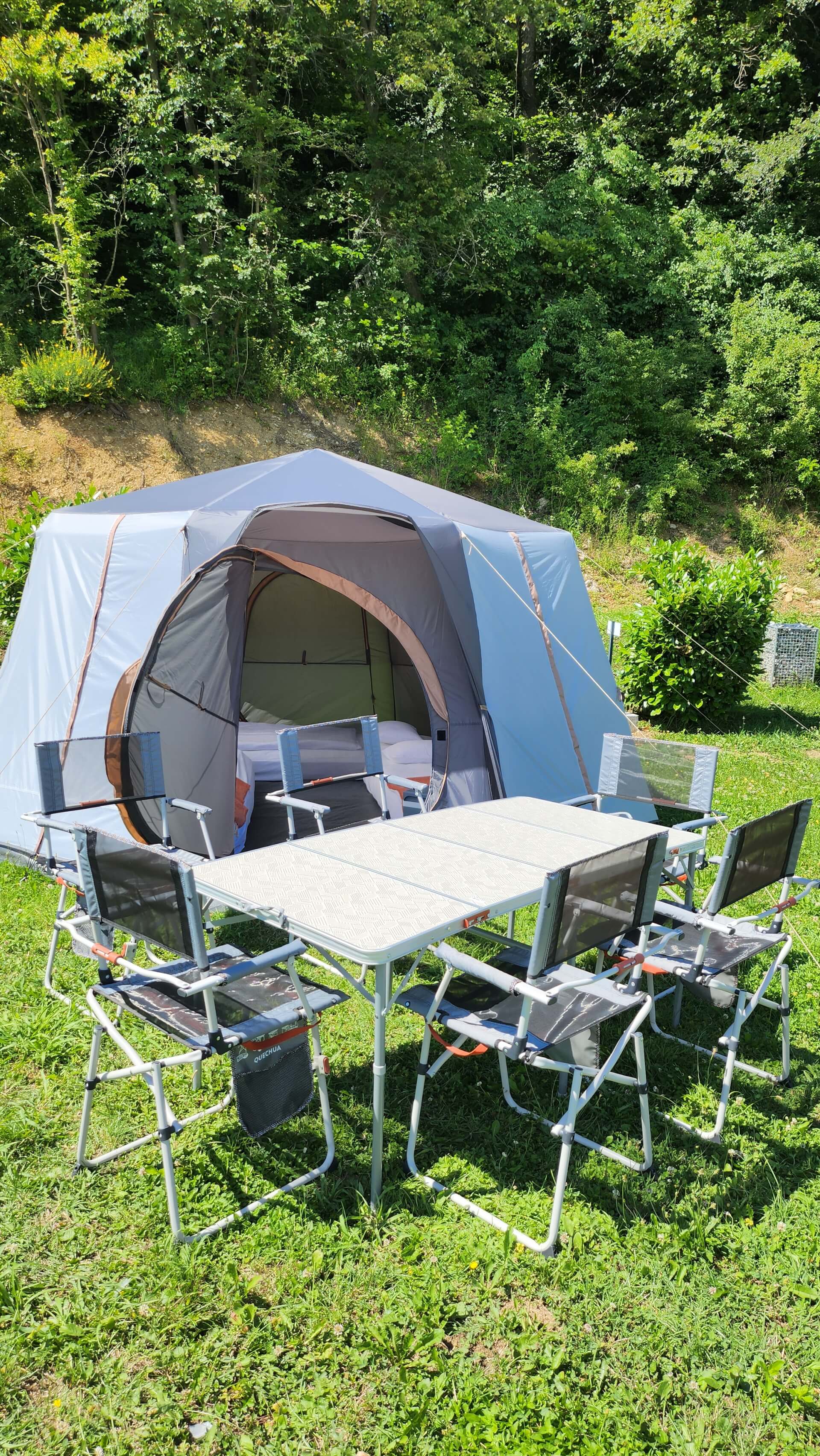
Kamp Terme Jezerčica - parcele
- Donja Stubica · Show on Map
- Power connection·
- Water connection·
- Drainage connection·
- Internet access point·
- Wi-Fi
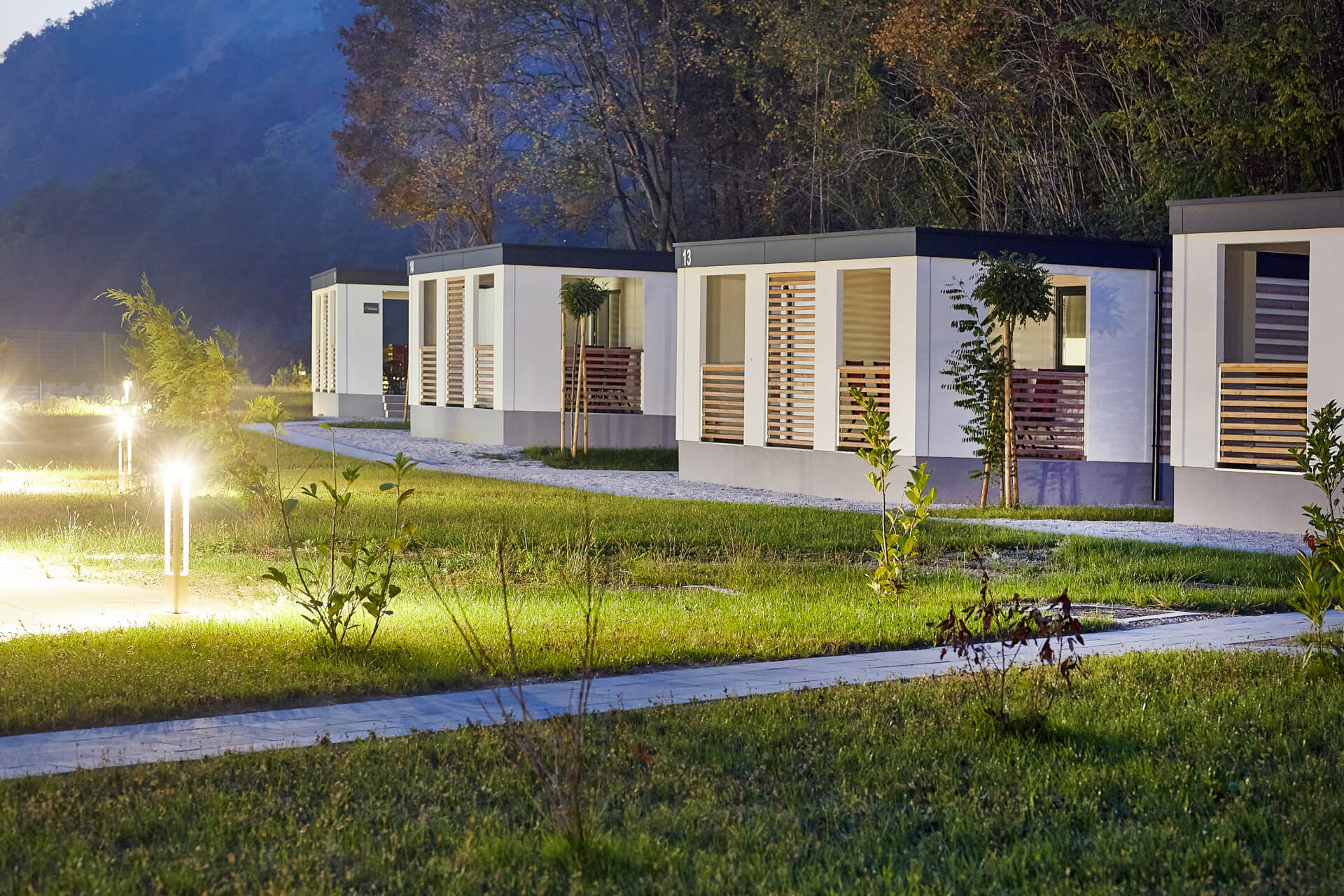
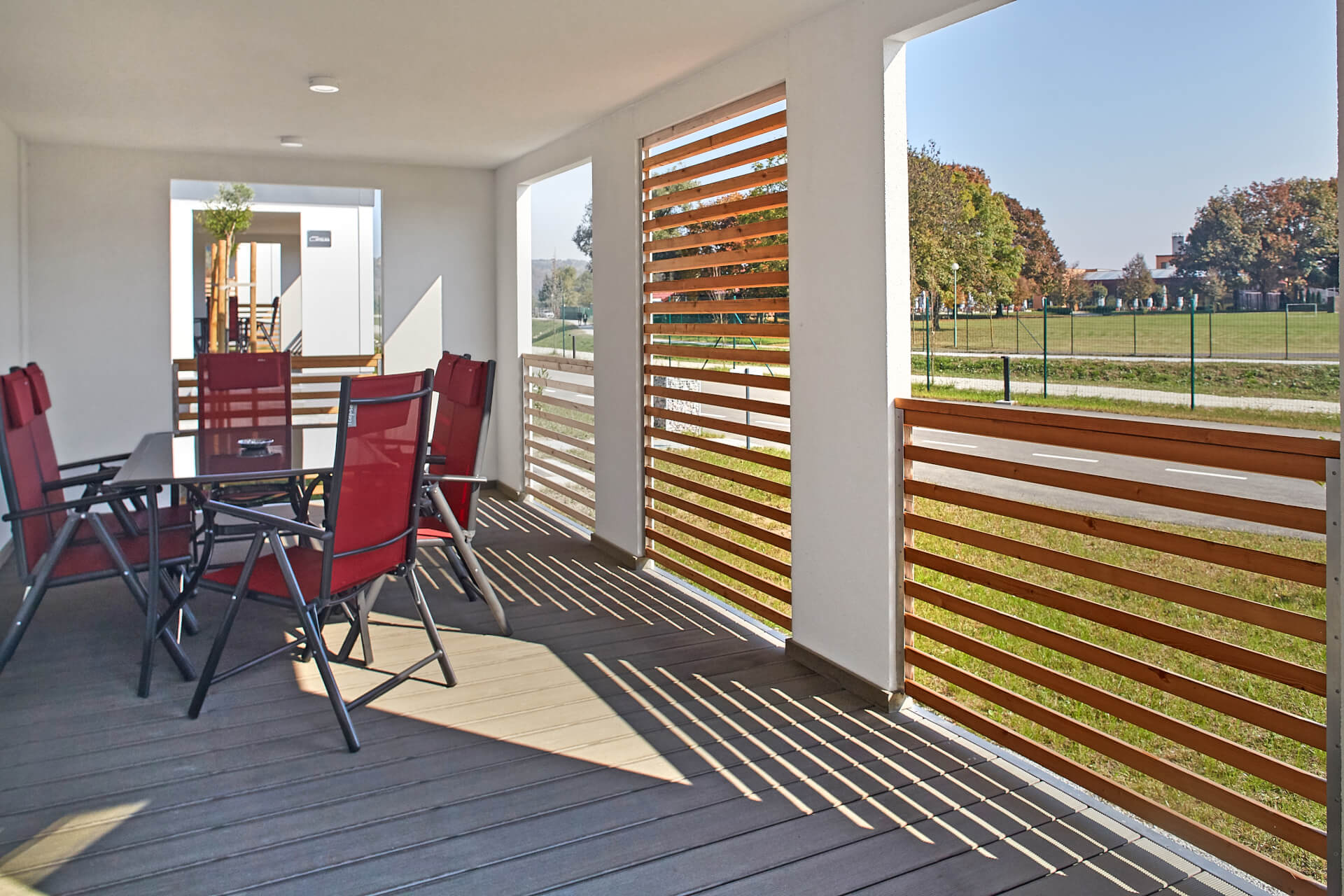
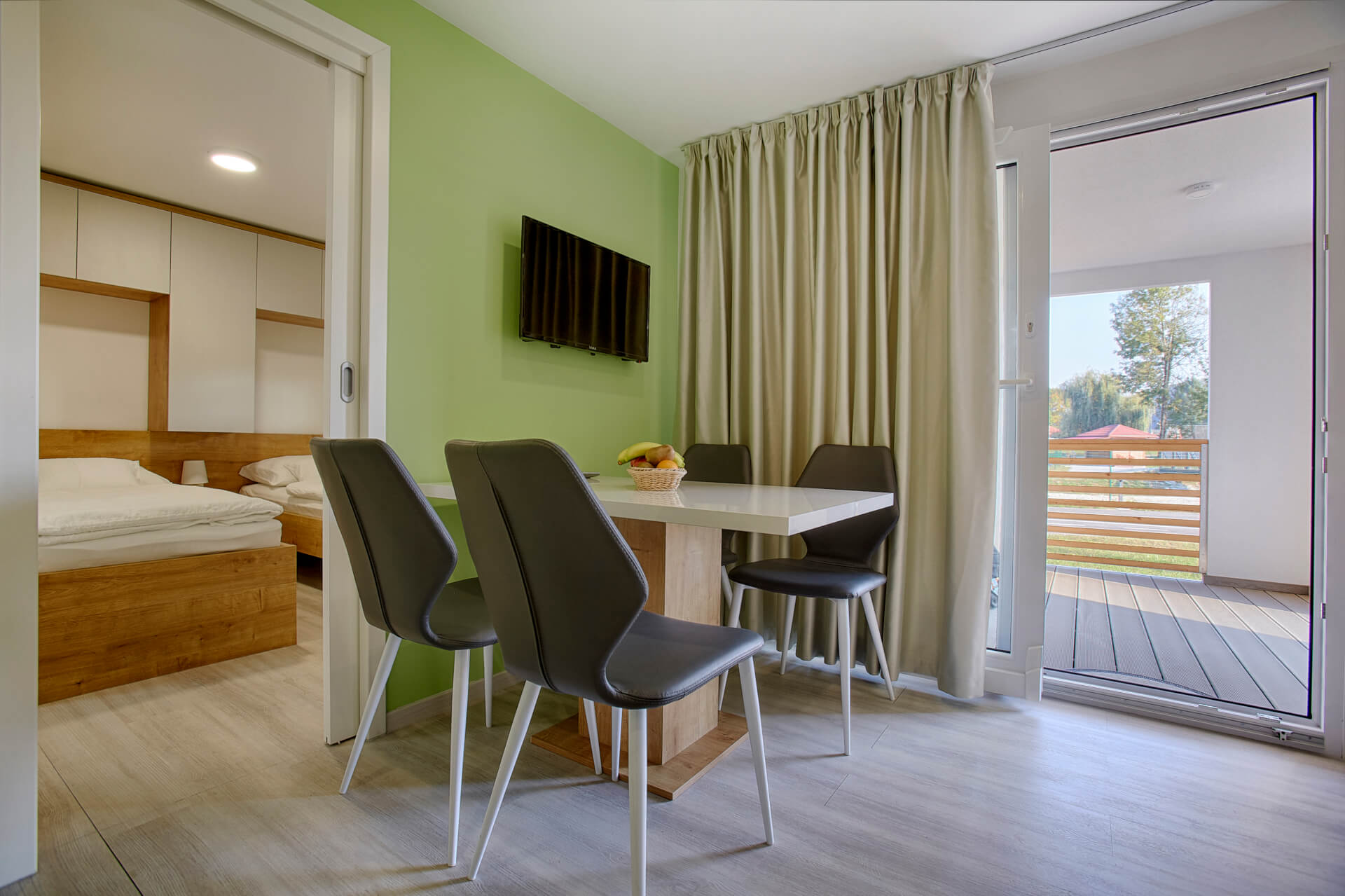
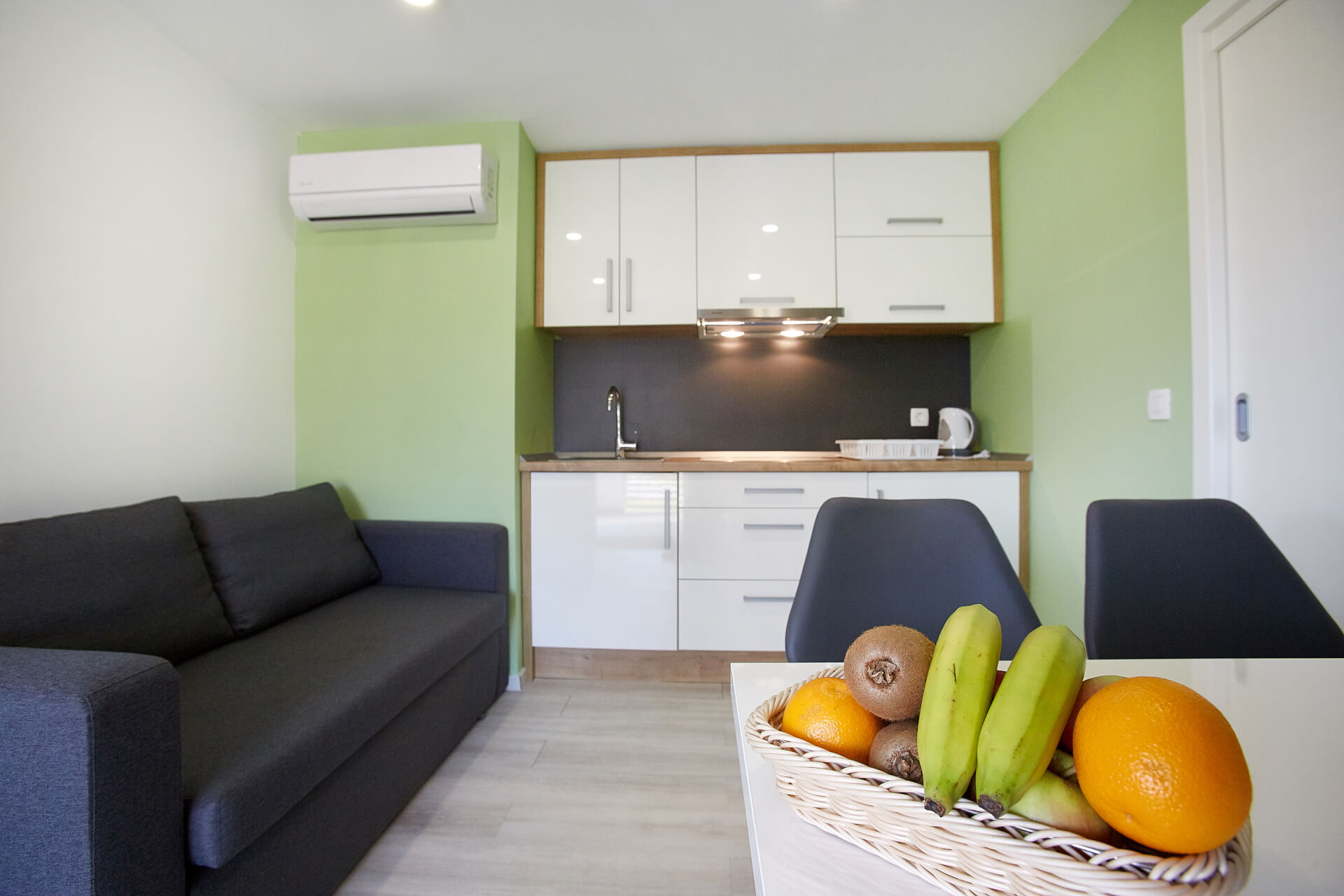
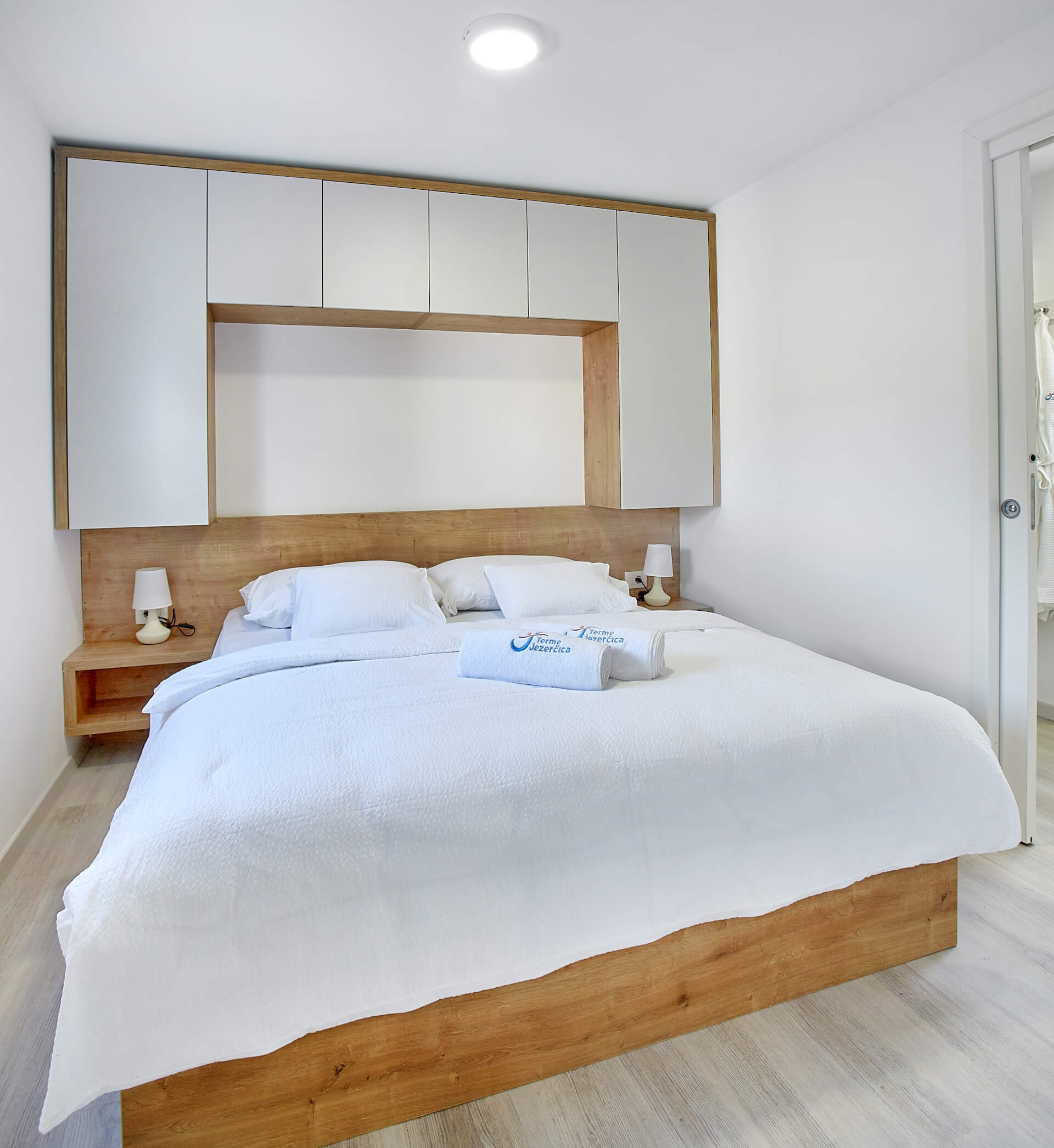
Mobile homes Terme Jezerčica
- Donja Stubica · Show on Map
- Wi-Fi·
- Pets allowed·
- Laundry service·
- Beach bar·
- Animation